SPL Phonitor se User manual
Other SPL Amplifier manuals
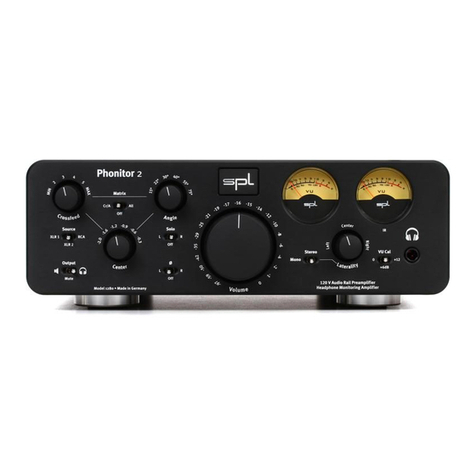
SPL
SPL Phonitor 2 User manual
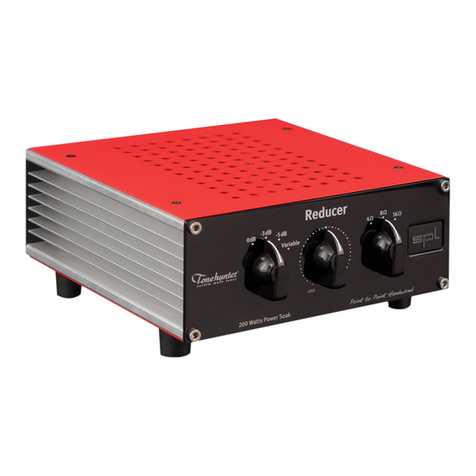
SPL
SPL Reducer 1160 User manual

SPL
SPL Performer m1000 User manual

SPL
SPL performer s800 User manual
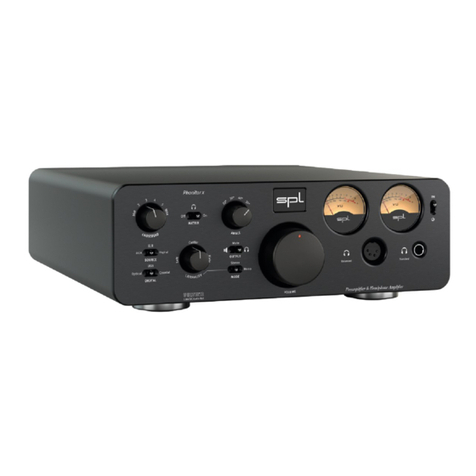
SPL
SPL Professional Fidelity Phonitor x User manual

SPL
SPL Cabulator 2930 User manual
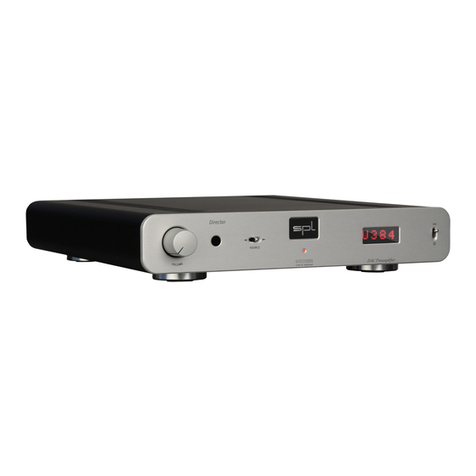
SPL
SPL Director User manual
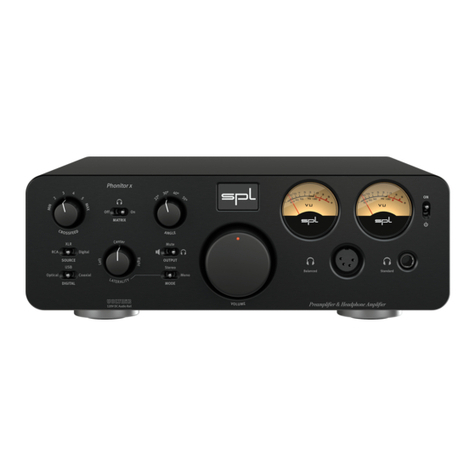
SPL
SPL Phonitor x User manual
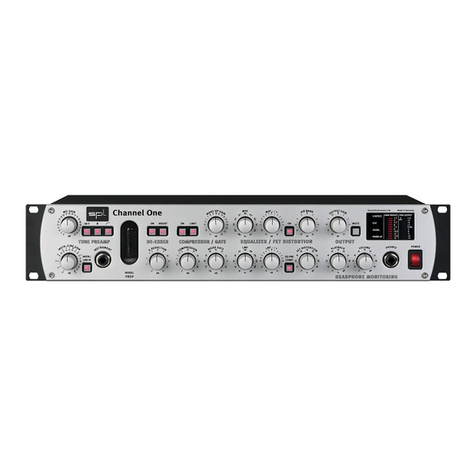
SPL
SPL Channel One 2950 User manual
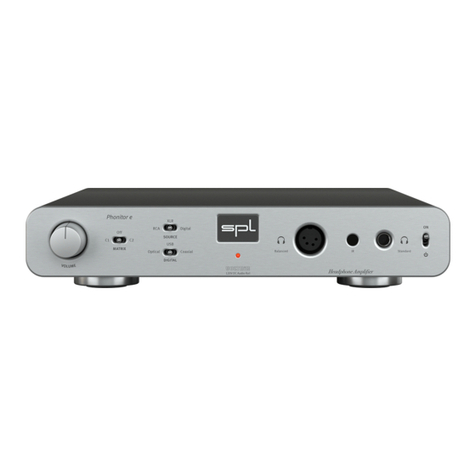
SPL
SPL Phonitor e User manual

SPL
SPL Phonitor 3 DAC User manual
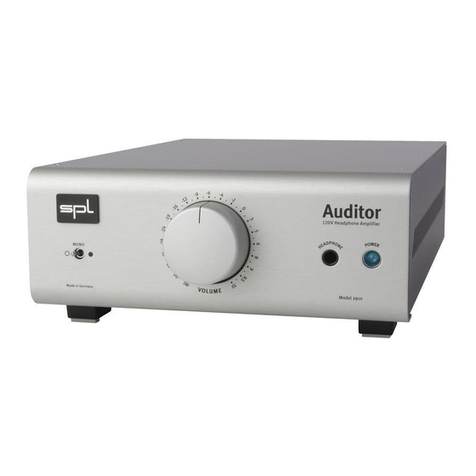
SPL
SPL Auditor 2910 User manual
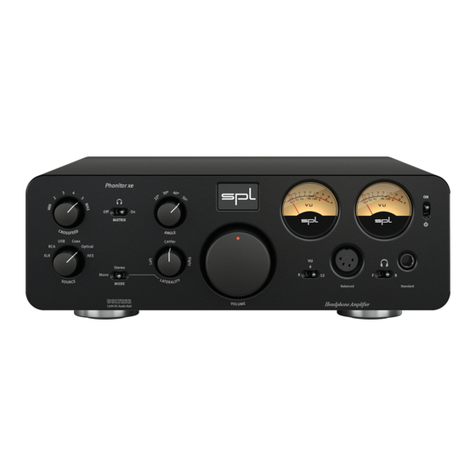
SPL
SPL Phonitor xe User manual
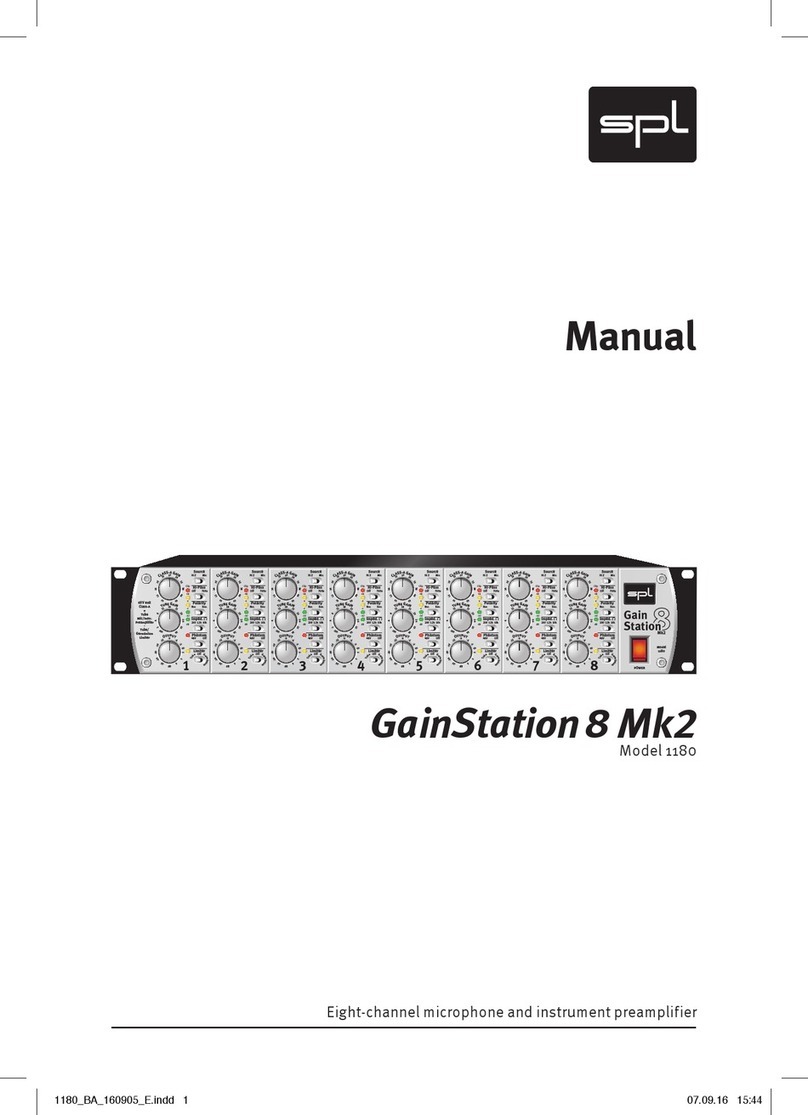
SPL
SPL GainStation 8 Mk2 User manual
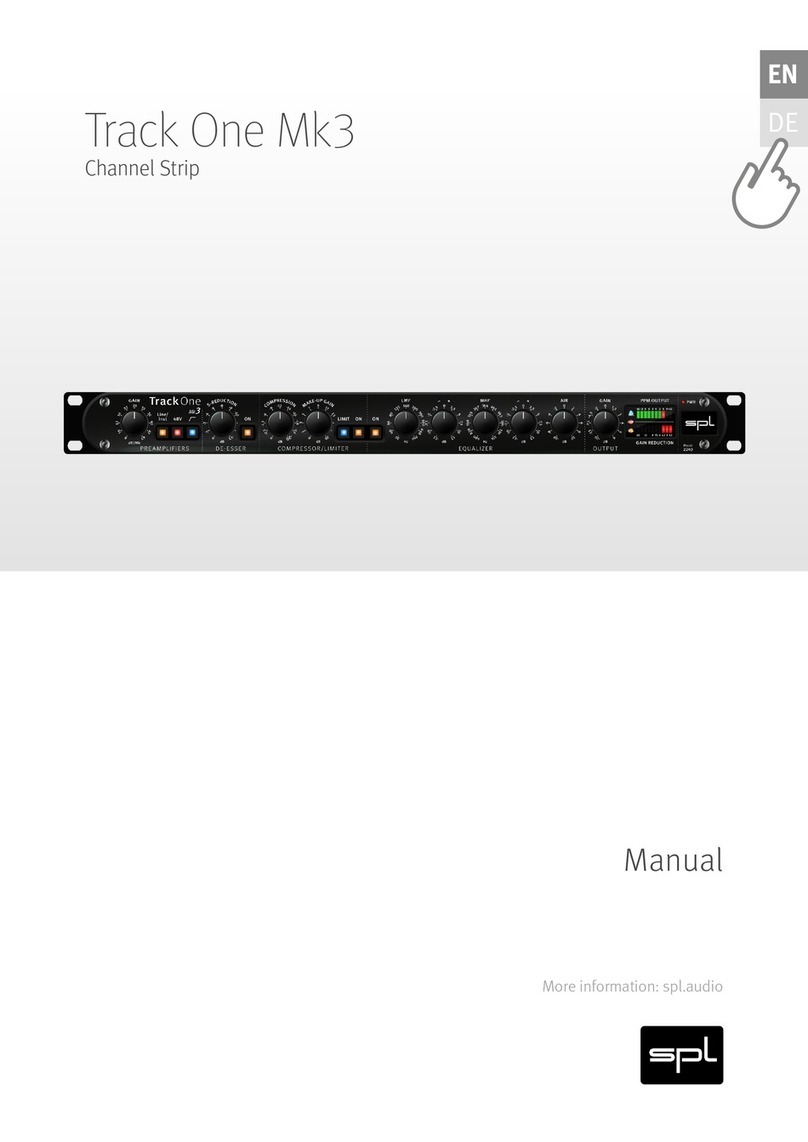
SPL
SPL Channel One Mk3 User manual

SPL
SPL 2485 User manual
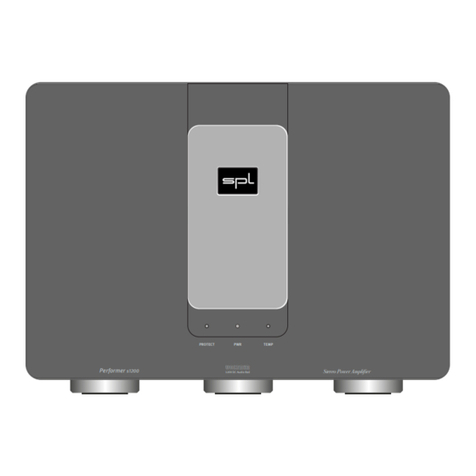
SPL
SPL Professional Fidelity Series User manual
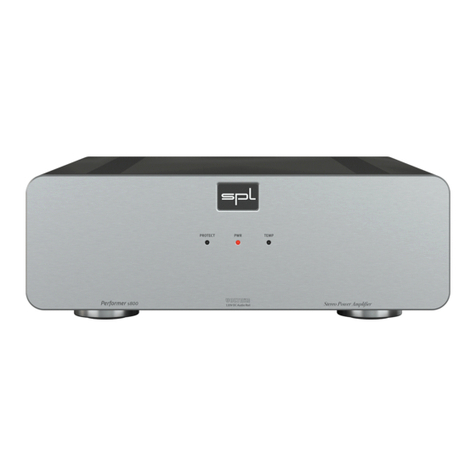
SPL
SPL performer s800 User manual

SPL
SPL Phonitor 2 User manual
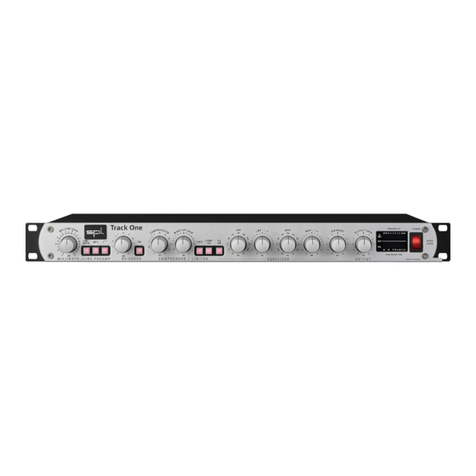
SPL
SPL Track One 2960 User manual































